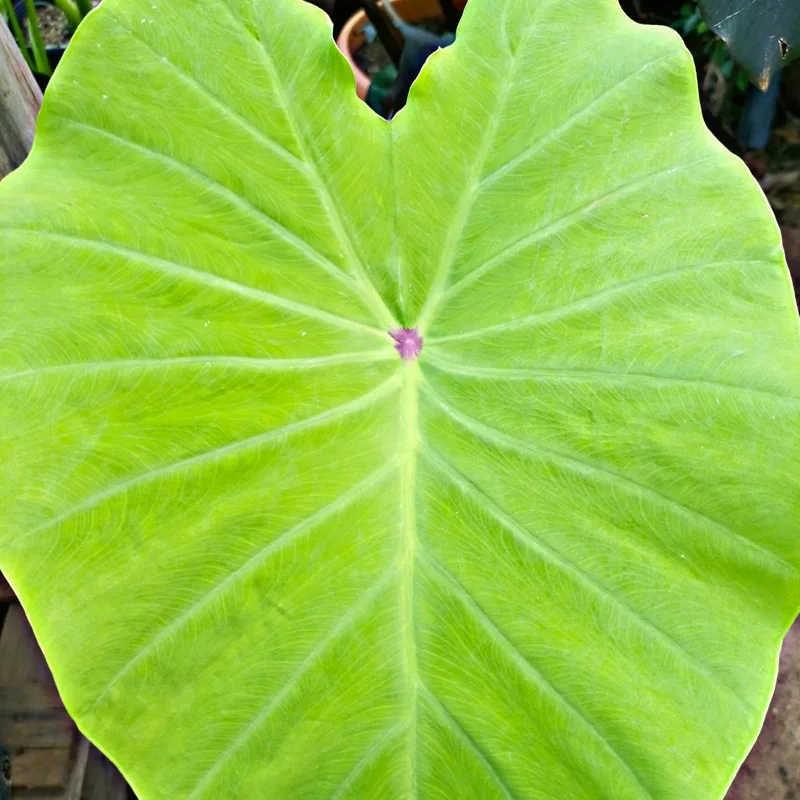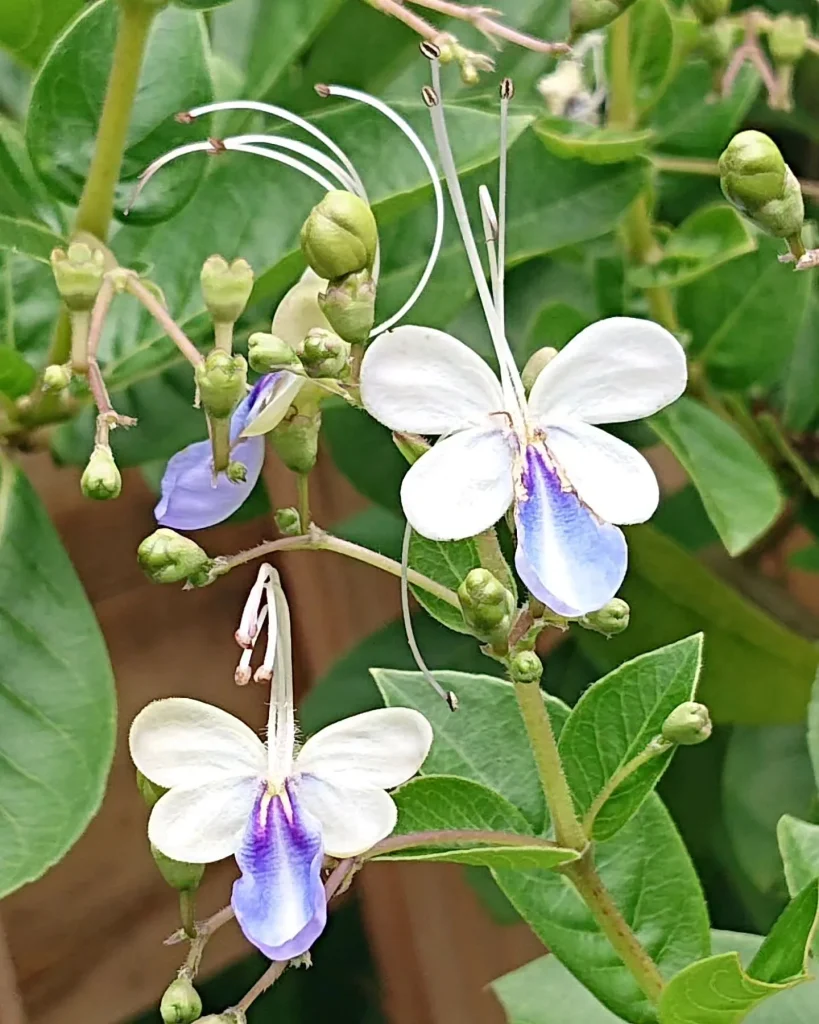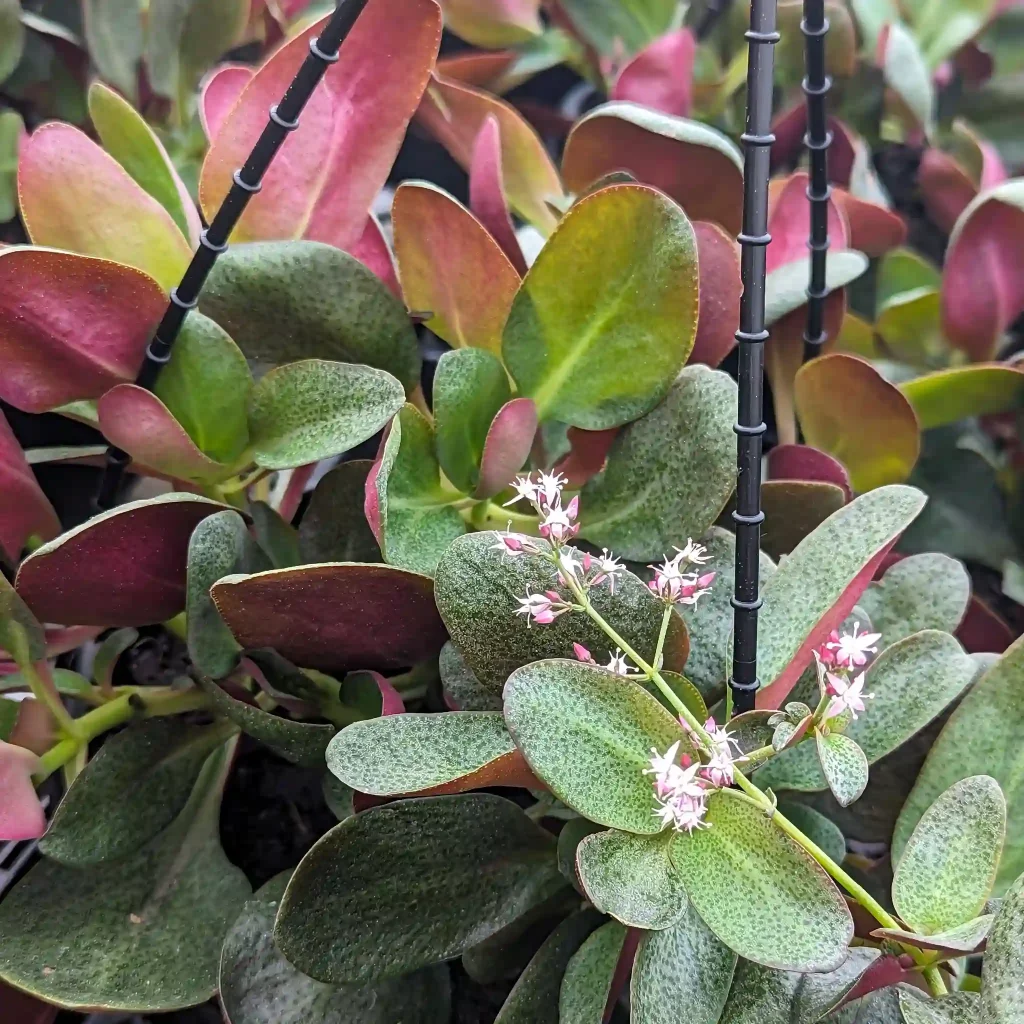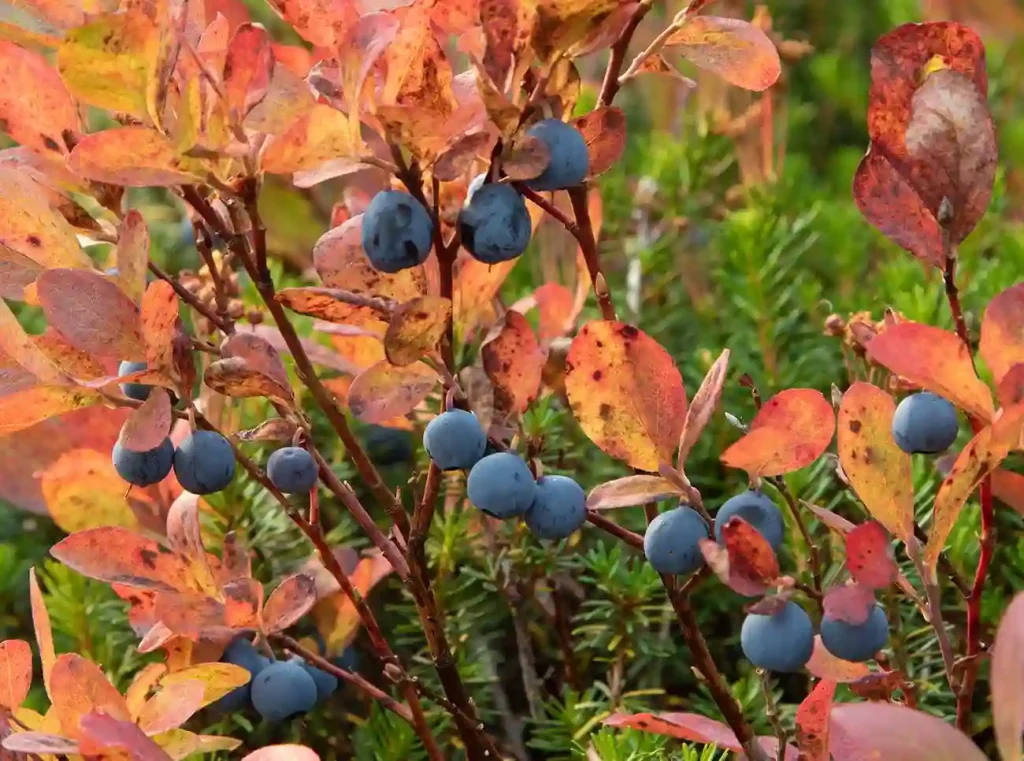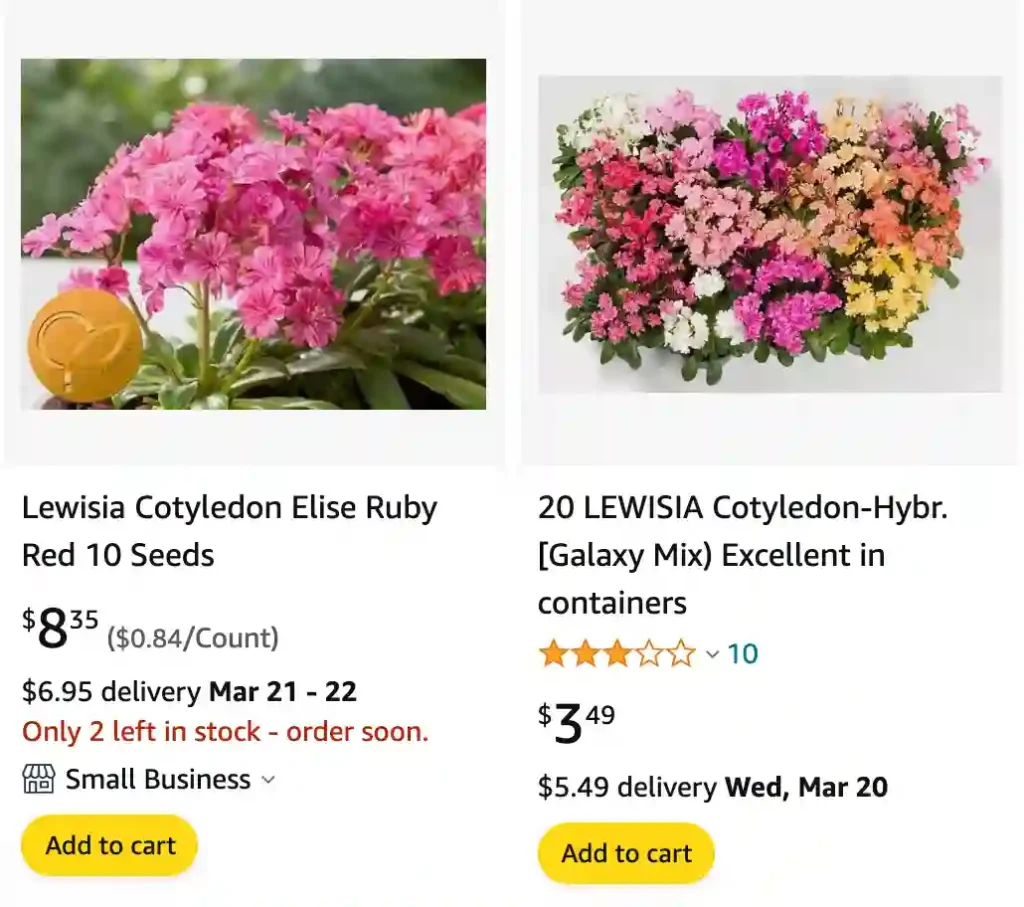
How to propagate Lewisia cotyledon?
Propagating Lewisia cotyledon has been quite an interesting experience for me. I usually do it by collecting seeds from the plant after it flowers, which I then sow in a well-draining soil mix. Sometimes, I also try to propagate it by dividing the offsets that grow around the base of the plant. This way, I get to multiply my plants and ensure they stay healthy. Patience is key here because the seeds can take a while to germinate, and the offsets need careful handling to avoid damage.
17 Species in Genus Lewisia
Where to buy Lewisia cotyledon?
When it comes to buying Lewisia cotyledon, I found mine at a local nursery that specializes in alpine and rock garden plants. It was a bit of a hunt, as not every garden center stocks them, but specialty nurseries or online plant shops are good places to check. I’ve also seen them occasionally at plant fairs or garden shows, where a variety of rare and interesting plants are often available.
How to grow Lewisia cotyledon?
Here’s a guide on how to grow Lewisia cotyledon:
Planting from Seeds:
- Timing: Seeds can be sown anytime throughout the year, but fall or early winter is generally recommended. This allows for a natural cold stratification period that can improve germination.
- Seeding:
- Use a well-draining soil mix specifically formulated for cacti or succulents.
- Sow the seeds on the surface of the moistened soil and lightly press them in. Don’t bury them deeply.
- You can cover the pot or tray with plastic wrap to create a mini greenhouse environment and maintain moisture.
- Germination:
- Keep the soil consistently moist but not soggy.
- Germination can be slow and erratic, taking anywhere from 2 weeks to several months. Be patient!
- Once seedlings emerge, gradually remove the plastic wrap to acclimate them to lower humidity.
Planting from Transplants (if available):
- You can purchase young Lewisia cotyledon plants from nurseries if you don’t want to start from seeds.
- Choose healthy-looking transplants with good root systems.
- Prepare your planting location or pot with well-draining soil.
- Dig a hole slightly larger than the root ball of the transplant.
- Gently remove the plant from its container and loosen any tightly bound roots.
- Place the plant in the hole and ensure the crown (the area where the leaves meet the roots) sits at the same level as the surrounding soil.
- Backfill the hole with soil and tamp it down gently to remove air pockets.
- Water the plant thoroughly to settle the soil around the roots.
Location and Soil:
- Prefers full sun to partial shade.
- Thrives in very well-draining, gritty soil. You can use a cactus mix or create your own mix with ingredients like sand, perlite, and a small amount of potting soil.
- Avoid constantly wet or soggy conditions.
Watering:
- Established Lewisia cotyledon is drought tolerant.
- Water deeply when the soil dries out completely.
- Avoid overwatering, which can lead to root rot.
Fertilizing:
- Not essential for established plants. You can provide a very light application of balanced fertilizer diluted to half strength once in spring if desired.
Additional Tips:
- Lewisia cotyledon is a slow-growing perennial. Be patient as it matures.
- Winter protection may be necessary in colder climates. Consider covering the plants with mulch or row cover if temperatures drop below freezing for extended periods.
- Deadhead spent flowers to encourage new blooms throughout the summer.
- Wear gloves when handling the plant as a precaution, especially if you have sensitive skin.
- Lewisia cotyledon is generally pest and disease resistant.
Is Lewisia cotyledon a succulent?
Yes, Lewisia cotyledon is indeed a succulent. This characteristic is quite apparent in its fleshy, water-storing leaves, which help it survive in dry, rocky environments. I’ve always been fascinated by how it manages to look so delicate with its pretty flowers while being quite hardy and resilient, much like other succulents in my collection.
If i die, water my plants!
